Home>Maintenance & Safety>Safety Equipment & Products>How To Childproof A Side Table
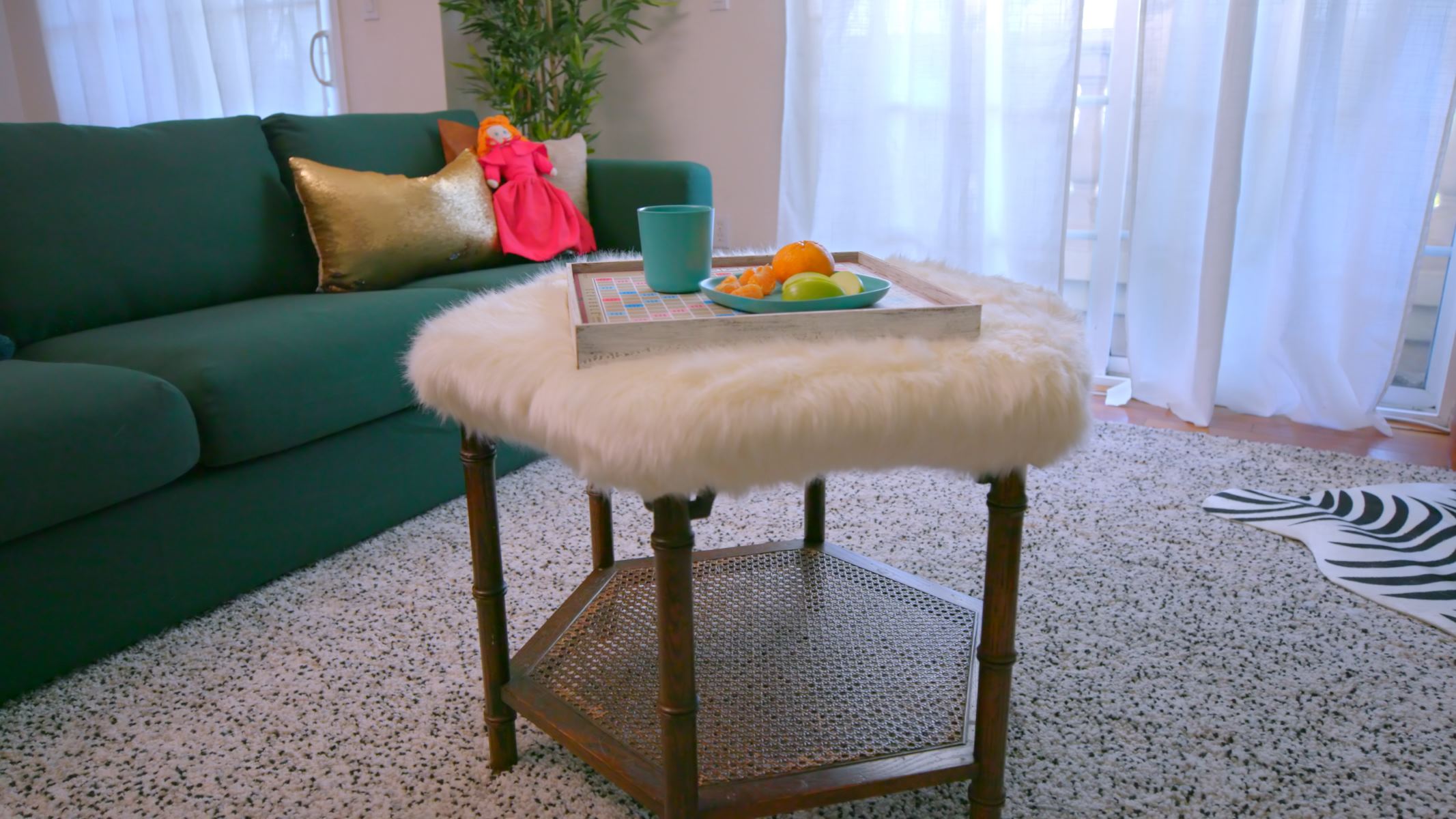

Safety Equipment & Products
How To Childproof A Side Table
Modified: March 1, 2024
Learn how to childproof a side table with the right safety equipment and products. Keep your little ones safe and secure at home. Discover childproofing tips now!
(Many of the links in this article redirect to a specific reviewed product. Your purchase of these products through affiliate links helps to generate commission for Storables.com, at no extra cost. Learn more)
Introduction
Childproofing a side table is an essential step in creating a safe environment for your little one. Side tables often harbor various items that can pose a threat to curious toddlers, so taking proactive measures to childproof them is paramount. By implementing the right strategies and products, you can significantly reduce the risk of accidents and create a secure space for your child to explore. In this guide, we will delve into the process of childproofing a side table, from assessing potential risks to installing childproofing devices and maintaining safety measures. With the right approach, you can transform your side table into a hazard-free zone, providing peace of mind for both you and your child. Let's embark on this journey to safeguarding your home and ensuring your little one's well-being.
Key Takeaways:
- Childproofing a side table involves assessing potential risks, choosing the right safety products, and ensuring proper installation. Regular maintenance is key to keeping your child safe as they grow and explore.
- By evaluating and addressing potential hazards, selecting suitable childproofing products, and maintaining safety measures, you can create a secure environment for your child to explore and play without unnecessary risks.
Read more: What Makes Childproof Containers Childproof?
Assessing the Risks
Before delving into the childproofing process, it’s crucial to assess the potential risks associated with your side table. Start by evaluating the items typically placed on or inside the side table. Consider the following factors:
- Sharp Objects: Identify any sharp or pointed objects such as scissors, letter openers, or decorative items that could cause injury if handled by a child.
- Small Items: Take note of small items like coins, jewelry, or buttons that can pose a choking hazard if ingested.
- Toppling Hazards: Assess the stability of the side table and the items on top of it. Unstable or heavy objects could potentially fall and cause harm to a child.
- Corded Electronics: If there are lamps or electronic devices on or near the side table, be mindful of any dangling cords that could pose a strangulation risk.
Additionally, consider the accessibility of the side table to your child. Is it located in a high-traffic area where your little one frequently plays? Understanding these risks will guide you in selecting the most appropriate childproofing solutions for your specific situation.
By thoroughly assessing these potential hazards, you’ll gain a comprehensive understanding of the safety measures needed to effectively childproof your side table. This proactive approach sets the stage for creating a secure environment that minimizes the risk of accidents and injuries.
Choosing Childproofing Products
When it comes to childproofing a side table, a wide array of products is available to address various safety concerns. Selecting the right childproofing products is essential for mitigating potential risks and ensuring a secure environment for your child. Here are some key considerations and product options to explore:
- Corner Guards: Soft, cushioned corner guards are designed to protect against sharp edges, minimizing the risk of injuries from accidental bumps or falls.
- Drawer and Cabinet Locks: These locks are indispensable for keeping drawers and cabinets on the side table securely closed, preventing access to potentially hazardous items.
- Outlet Covers: If there are electrical outlets near the side table, outlet covers provide a simple yet effective way to prevent your child from inserting objects into the sockets.
- Cord Shorteners: For corded electronics, cord shorteners help manage and secure loose cords, reducing the risk of entanglement or tripping hazards.
- Anchors and Straps: To prevent toppling hazards, consider using anchors or furniture straps to secure the side table to the wall, minimizing the risk of tipping.
- Choking Hazard Containers: If small items are stored in containers within the side table, opt for childproof containers to mitigate the risk of choking incidents.
When selecting childproofing products, prioritize those that are durable, easy to install, and seamlessly integrate with the aesthetics of your side table. Additionally, consider the age and behavior of your child to determine the most suitable safety solutions. By carefully choosing the right childproofing products, you can effectively address potential hazards and create a safe space for your little one to explore without unnecessary risks.
Install corner guards on sharp edges and secure any loose items on the table. Use outlet covers for any exposed electrical outlets. Keep small items out of reach to prevent choking hazards.
Installing Childproofing Devices
Once you have chosen the appropriate childproofing products for your side table, the next step is to ensure their proper installation. Proper installation is crucial for the effectiveness of these devices in safeguarding your child from potential hazards. Here are the essential steps for installing common childproofing devices:
- Corner Guards: Carefully clean the corners of the side table to ensure proper adhesion. Then, firmly apply the corner guards to provide cushioning and protection against sharp edges.
- Drawer and Cabinet Locks: Follow the manufacturer’s instructions to securely attach the locks to the drawers and cabinets, ensuring they are out of reach and inaccessible to your child.
- Outlet Covers: Simply insert the outlet covers into the electrical outlets to prevent accidental insertion of objects, ensuring a safe and secure barrier.
- Cord Shorteners: Wrap and secure the cords using cord shorteners to eliminate dangling or loose cords that could pose a risk to your child.
- Anchors and Straps: Utilize anchors or furniture straps to firmly secure the side table to the wall, reducing the risk of tipping or toppling.
- Choking Hazard Containers: If you’ve opted for childproof containers, ensure that they are securely latched and organized within the side table to prevent access to small items.
It’s essential to carefully follow the installation instructions provided with each childproofing device to guarantee their effectiveness. Regularly inspect the installed devices to ensure they remain intact and functional, making any necessary adjustments as your child grows and their behaviors evolve. By diligently installing and maintaining these childproofing devices, you can create a secure environment that minimizes potential risks and promotes your child’s safety.
Maintaining Childproofing Measures
Consistent maintenance of childproofing measures is essential to uphold a safe environment for your child. As your little one grows and becomes more curious and mobile, it’s crucial to regularly assess and maintain the childproofing devices and strategies implemented for your side table. Here are key steps to effectively maintain childproofing measures:
- Regular Inspections: Routinely examine the side table and its childproofing devices to ensure they are intact and functioning as intended. Look for any signs of wear, damage, or loose components that may compromise their effectiveness.
- Adjustments and Upgrades: As your child grows and develops new abilities, such as reaching higher or understanding how to manipulate certain devices, make necessary adjustments or upgrades to the childproofing measures to align with your child’s changing behaviors and capabilities.
- Educational Reinforcement: As your child matures, take the opportunity to educate them about the potential hazards associated with the side table and the importance of respecting the safety measures in place. Encourage open communication about safety and set clear boundaries.
- Consistent Organization: Maintain a clutter-free and organized side table to minimize the presence of small items that could pose choking hazards or other dangers to your child. Regularly declutter and organize the contents of the side table to promote a safer environment.
- Stay Informed: Keep abreast of new childproofing products and innovations in child safety to ensure that your side table remains equipped with the most effective and up-to-date protective measures.
By diligently maintaining childproofing measures, you can adapt to the evolving needs and behaviors of your child while continuously promoting a secure and hazard-free environment. Consistent vigilance and proactive maintenance will help safeguard your child and provide you with peace of mind as they explore and interact with their surroundings.
Frequently Asked Questions about How To Childproof A Side Table
Was this page helpful?
At Storables.com, we guarantee accurate and reliable information. Our content, validated by Expert Board Contributors, is crafted following stringent Editorial Policies. We're committed to providing you with well-researched, expert-backed insights for all your informational needs.
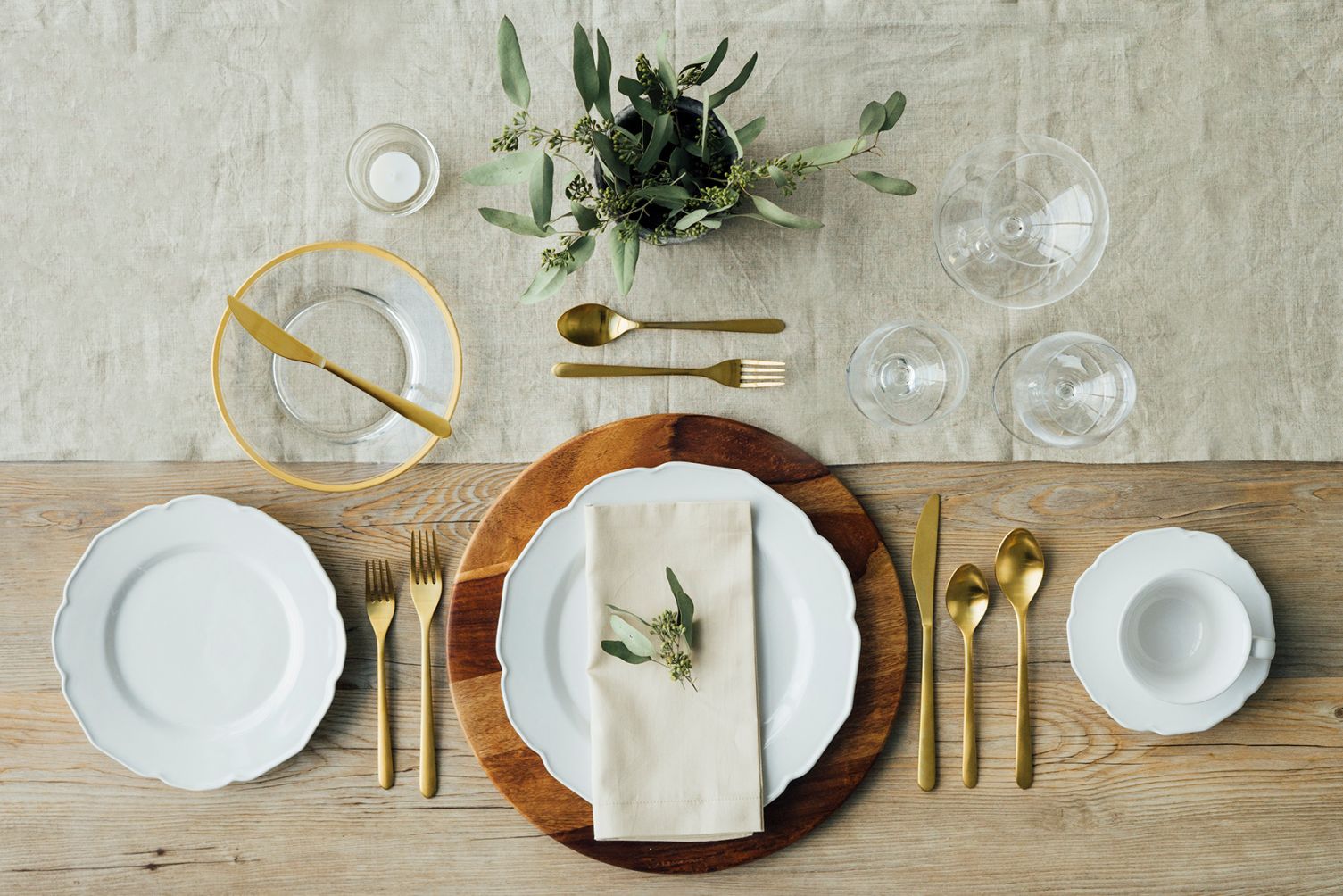
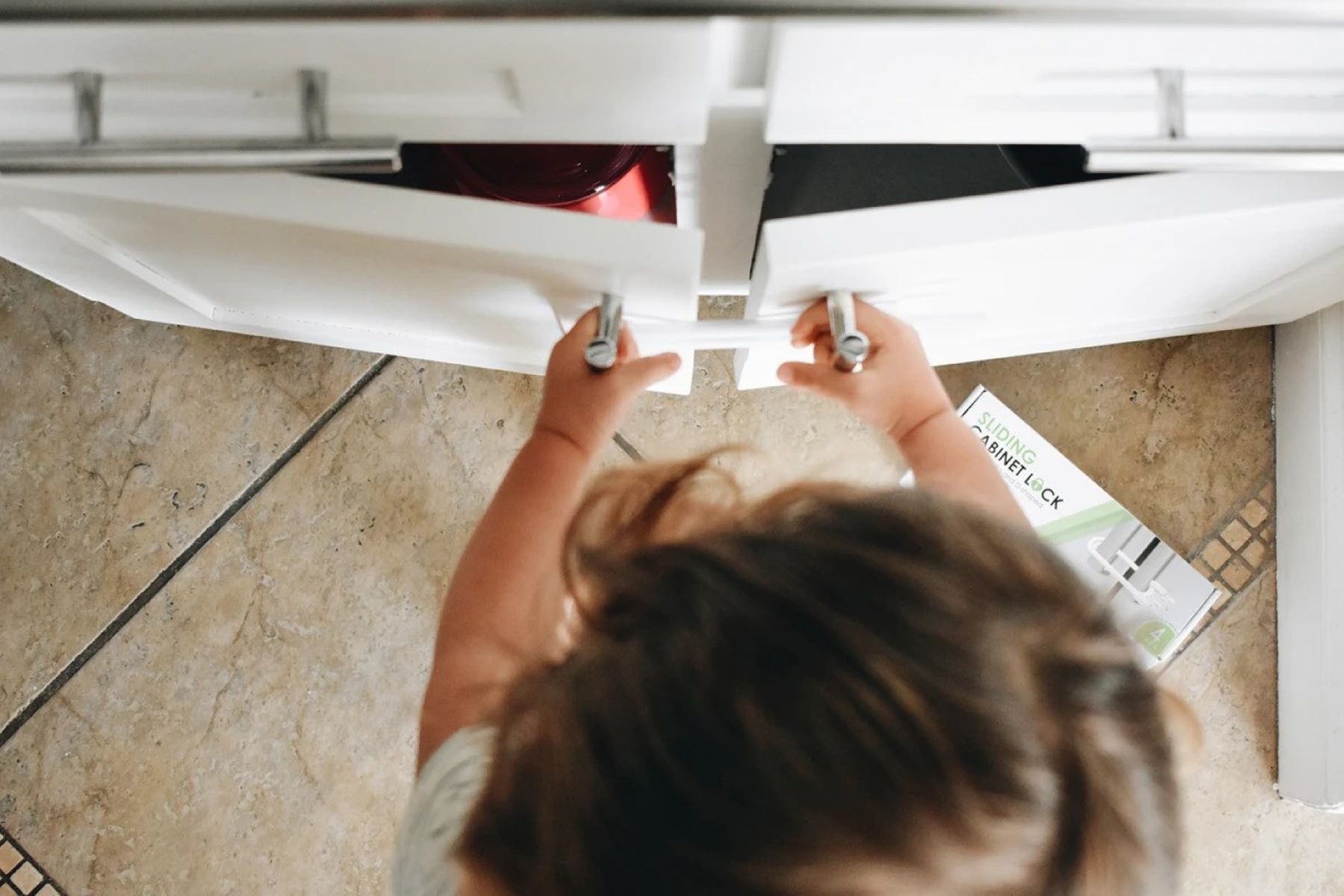
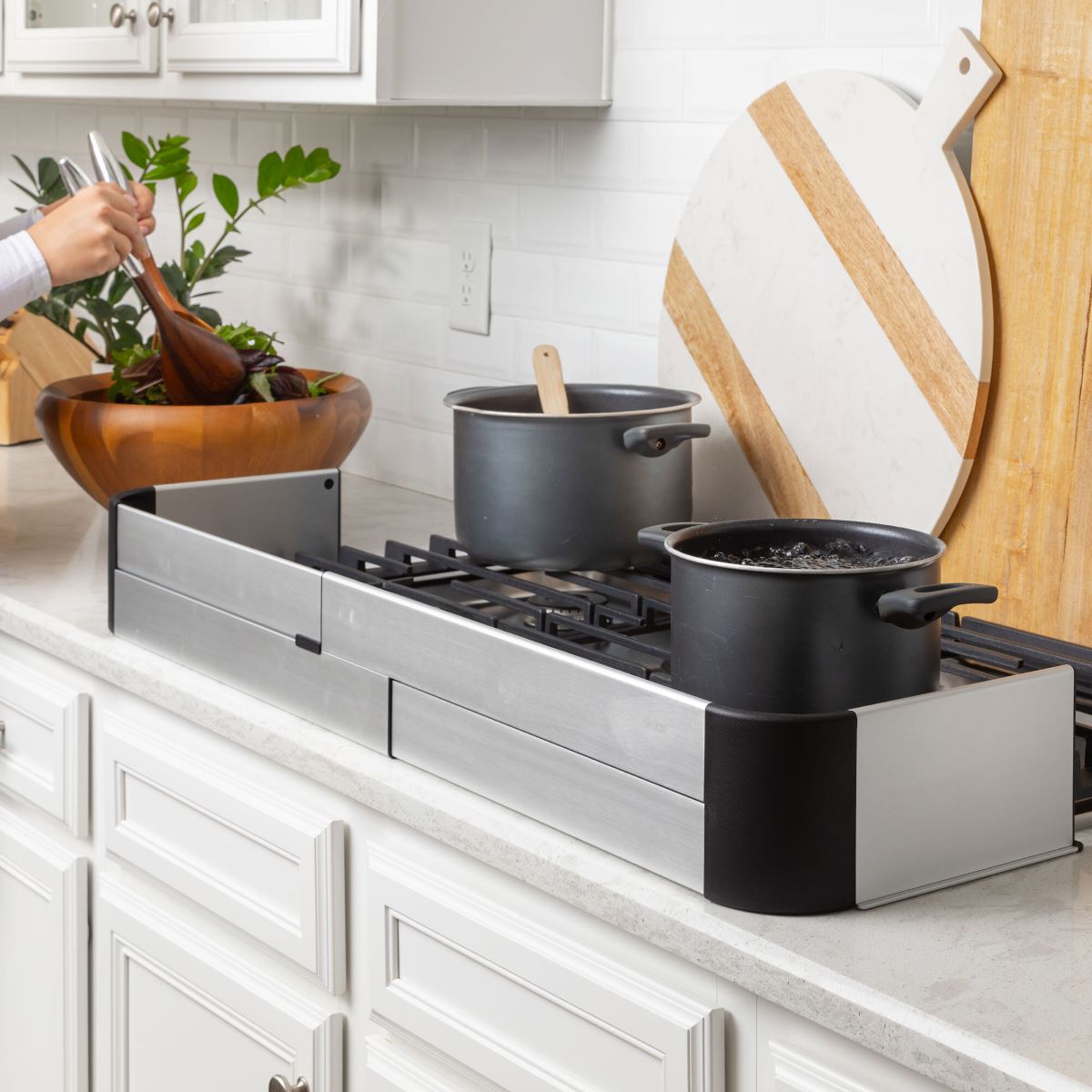
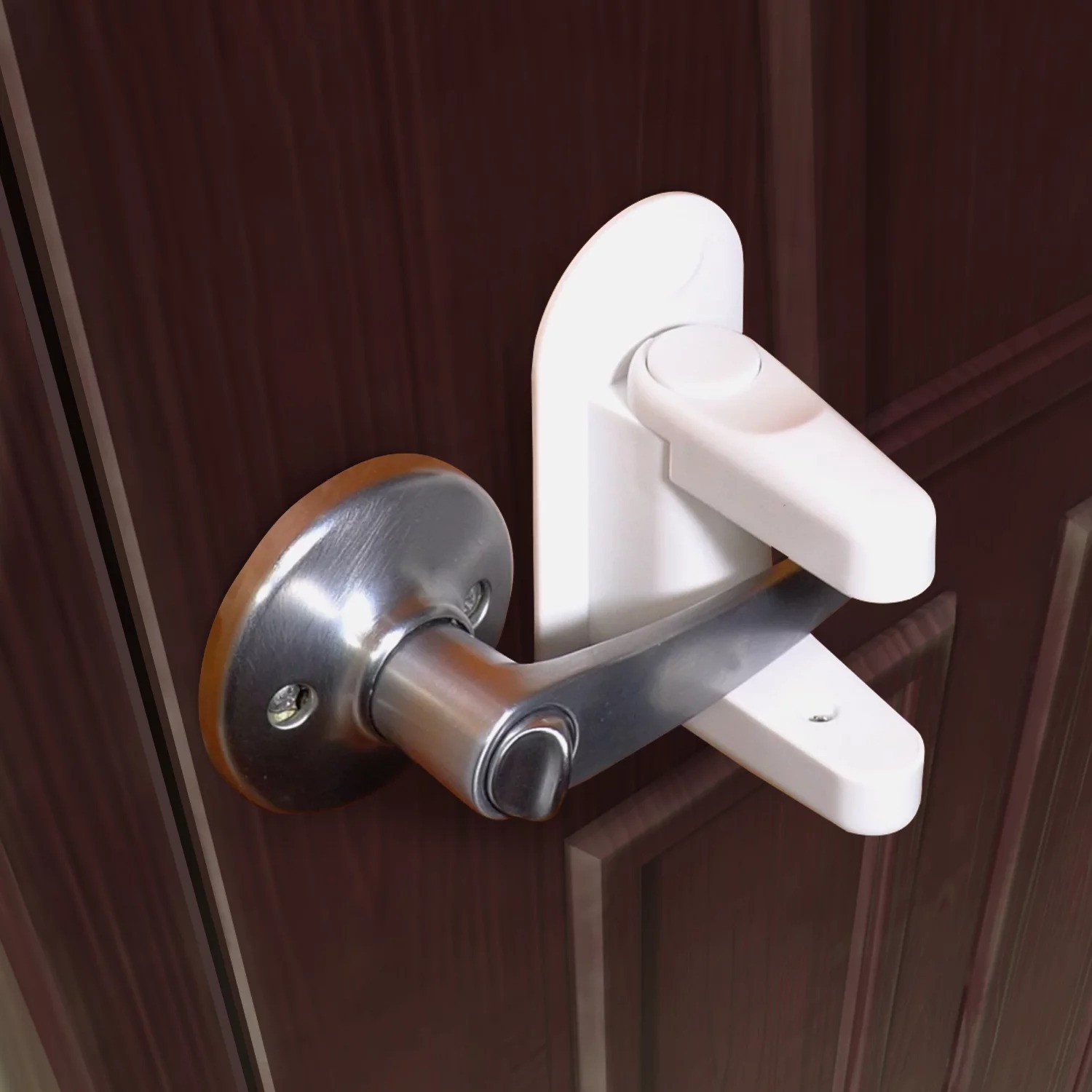
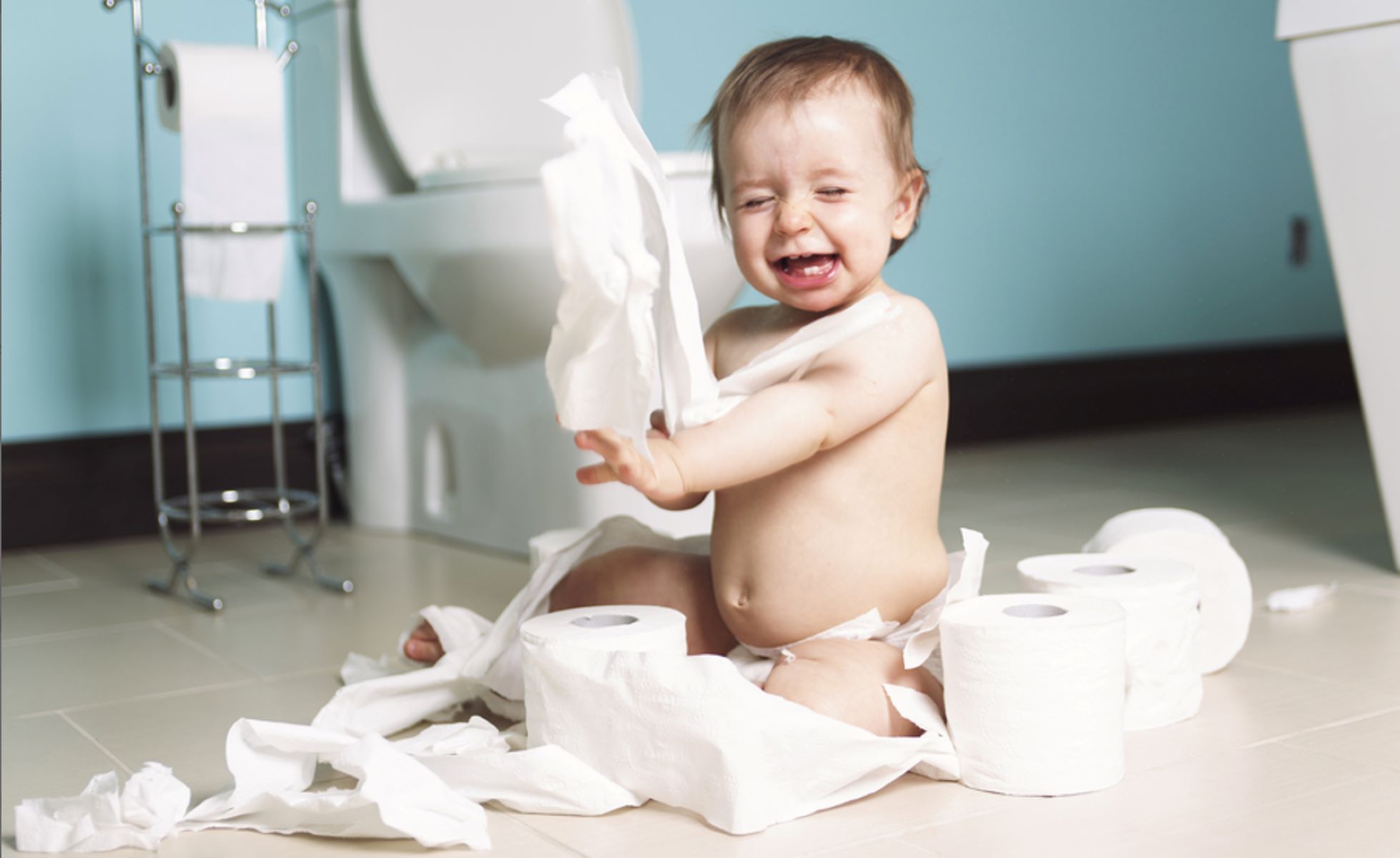
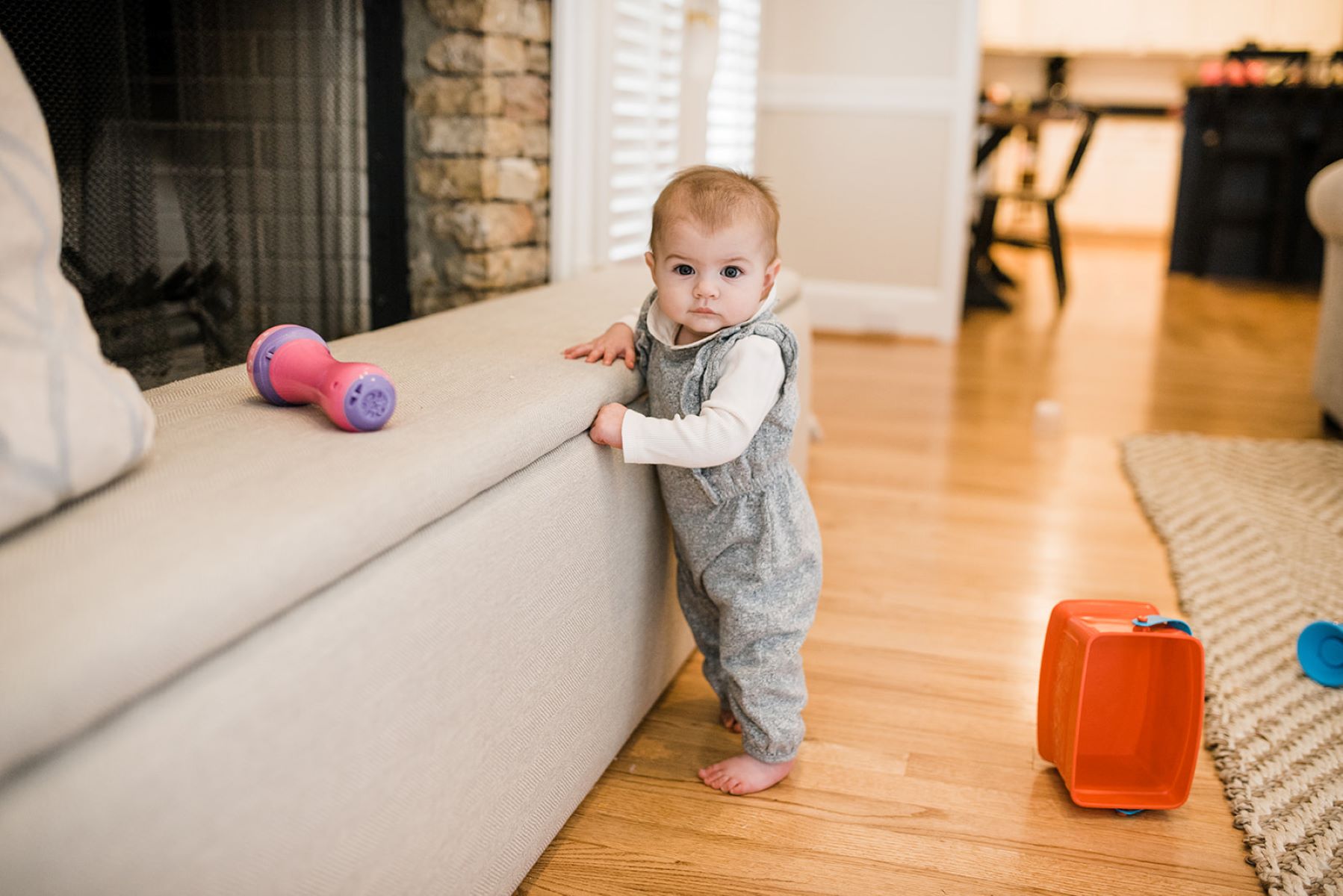

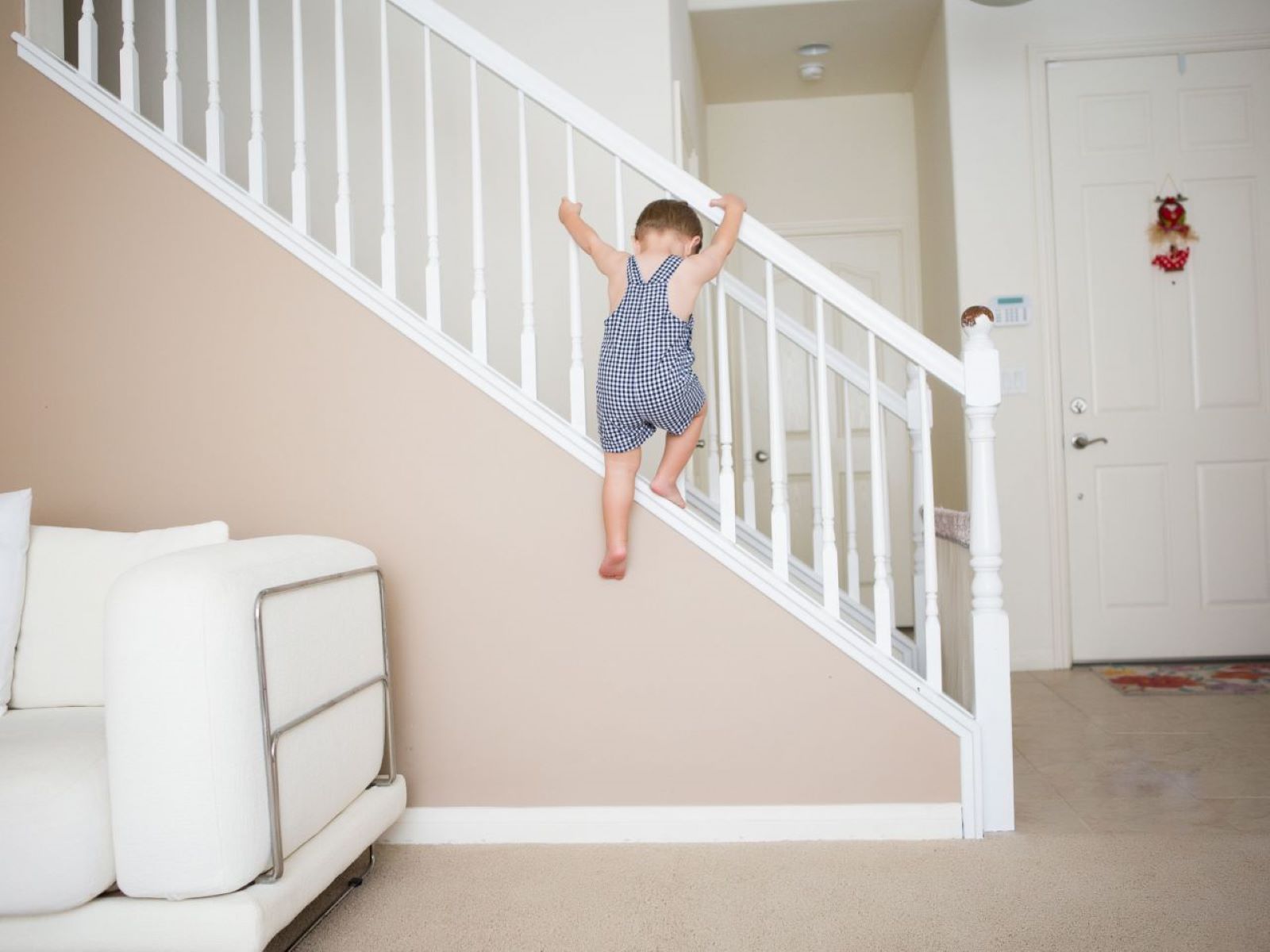
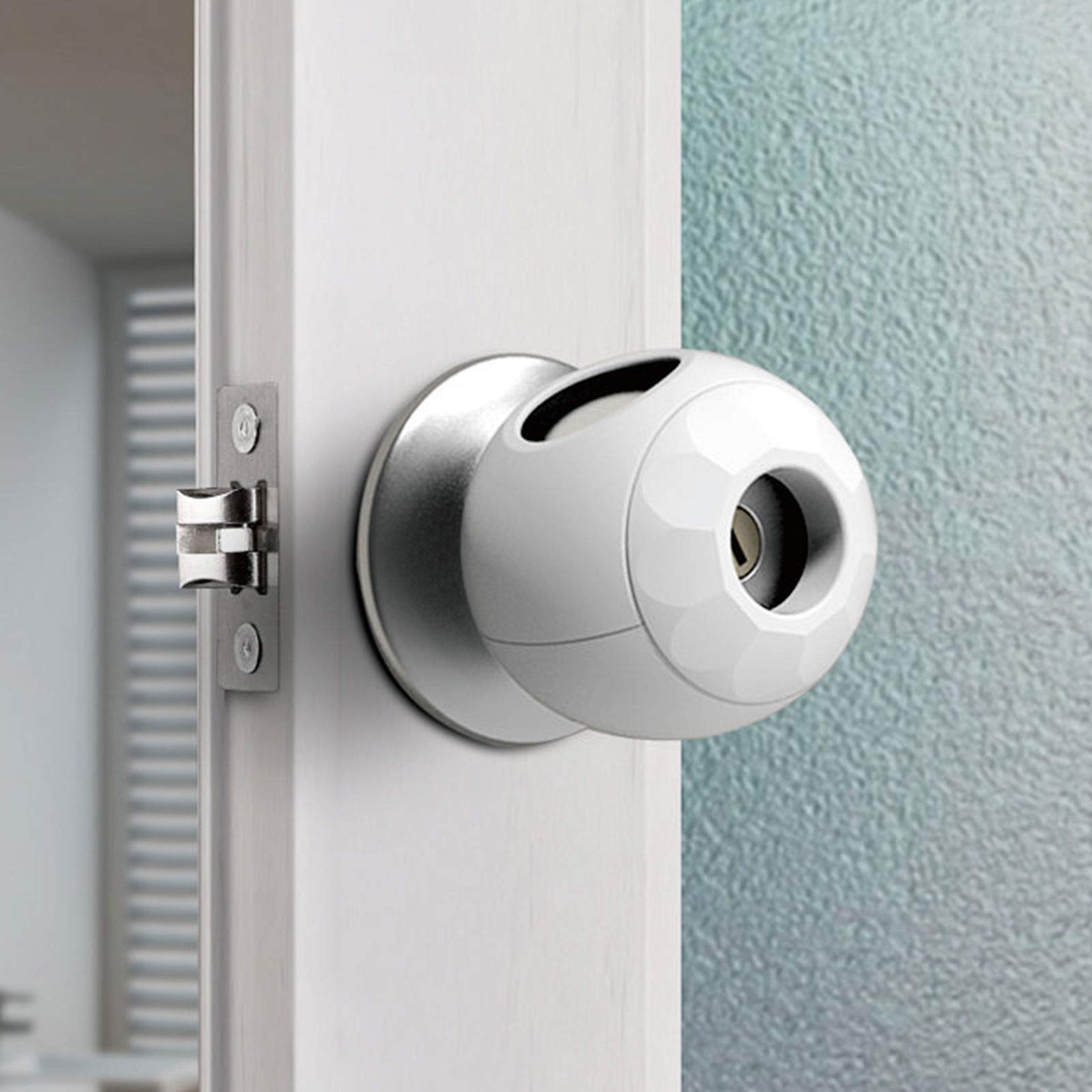
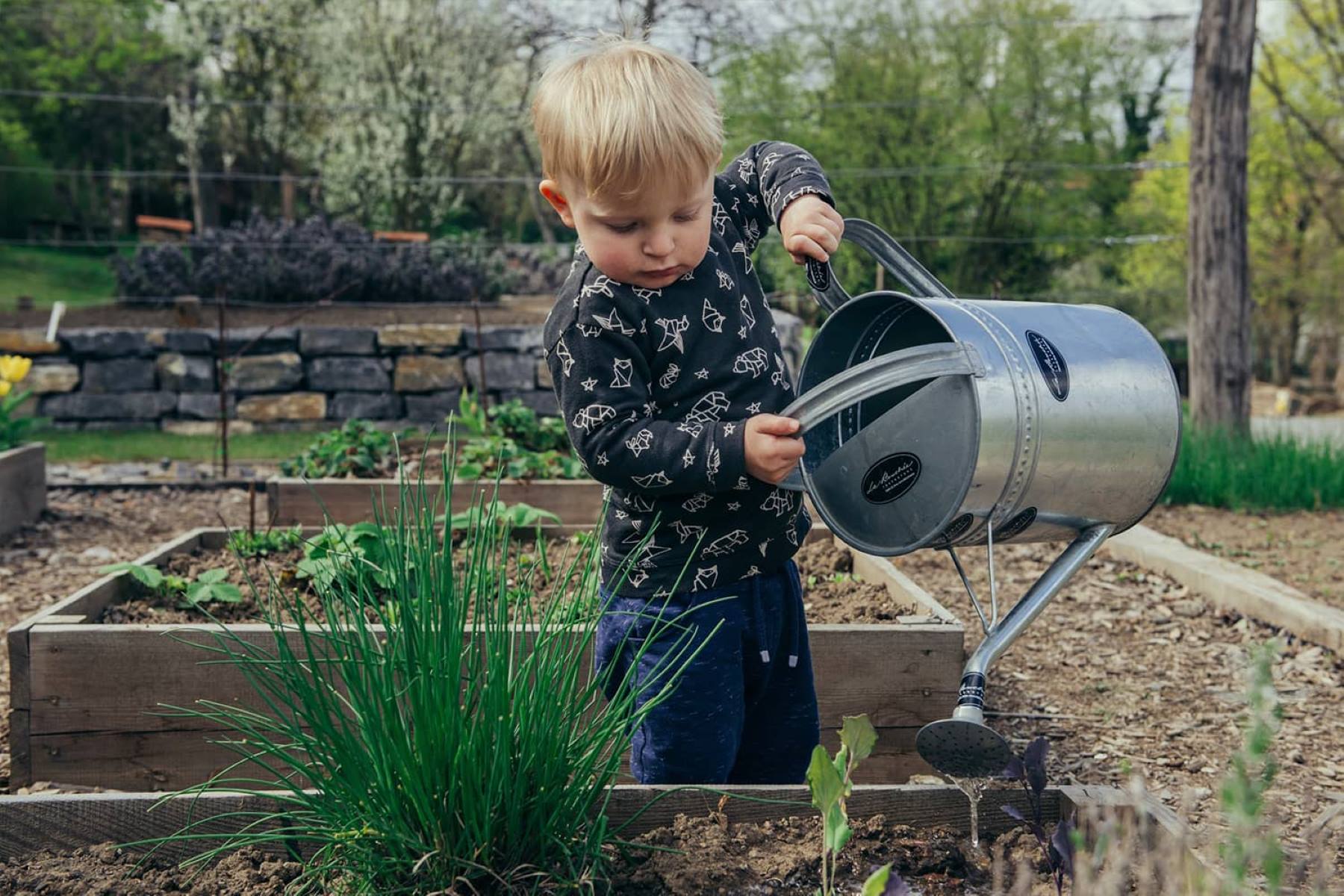
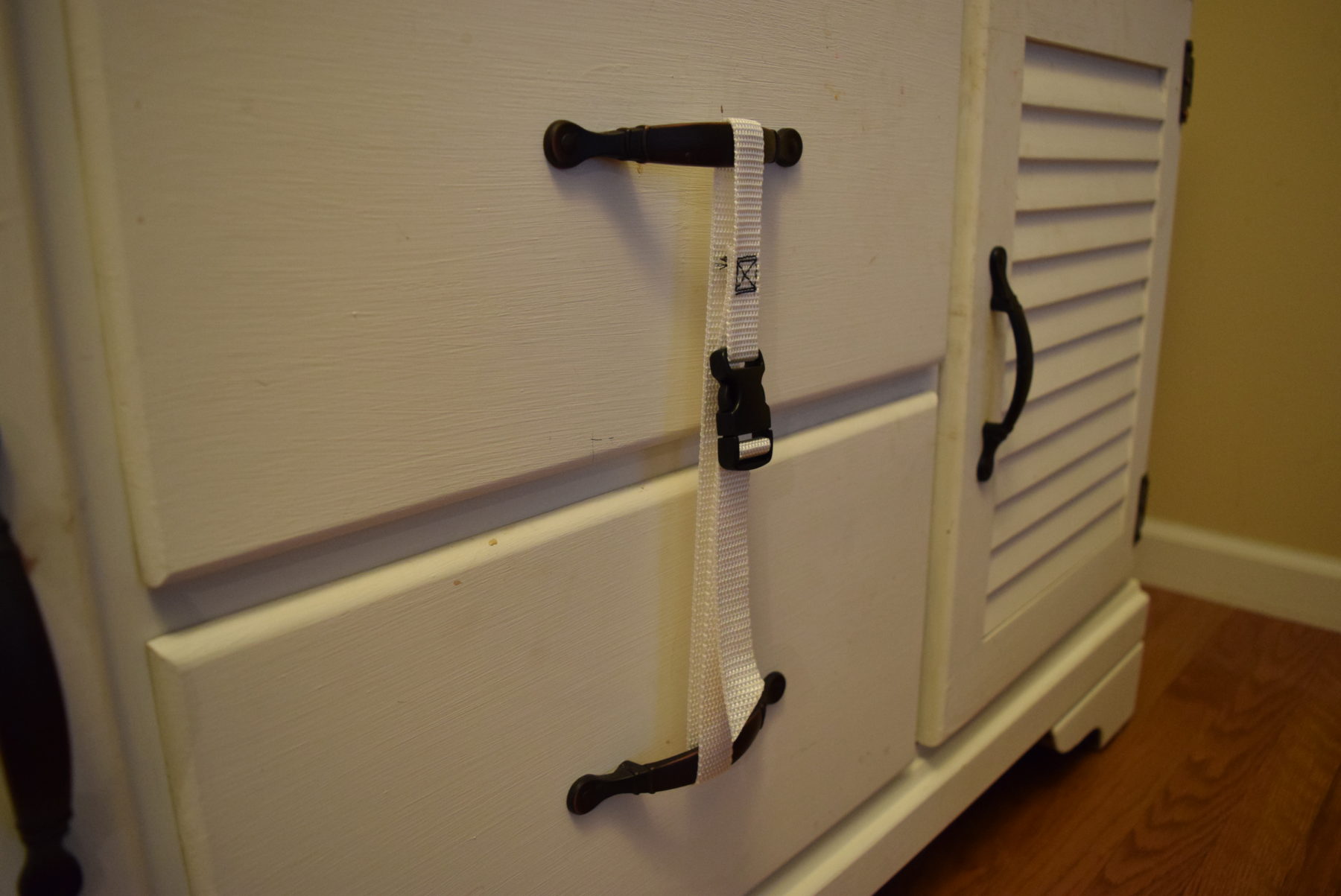
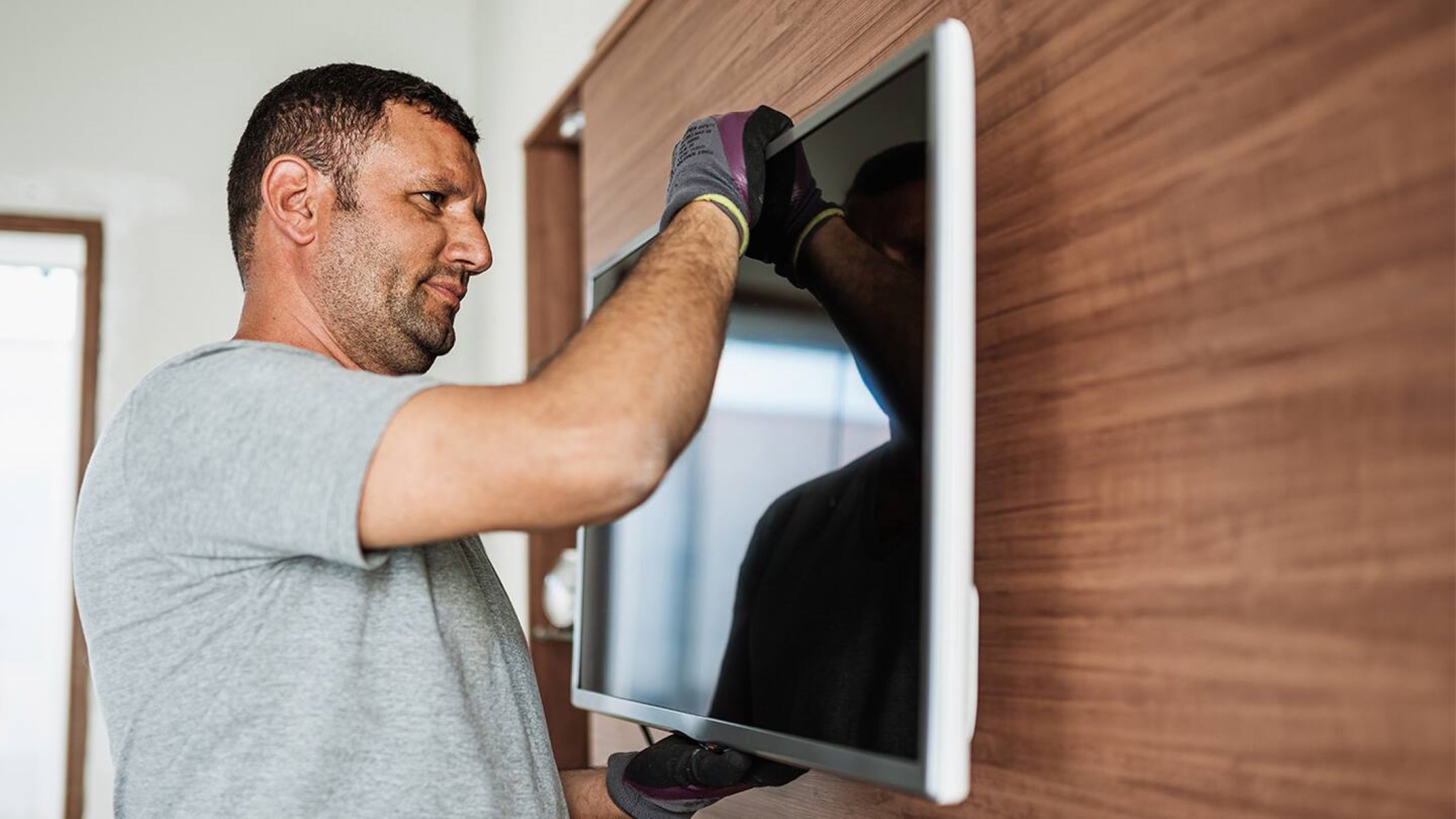
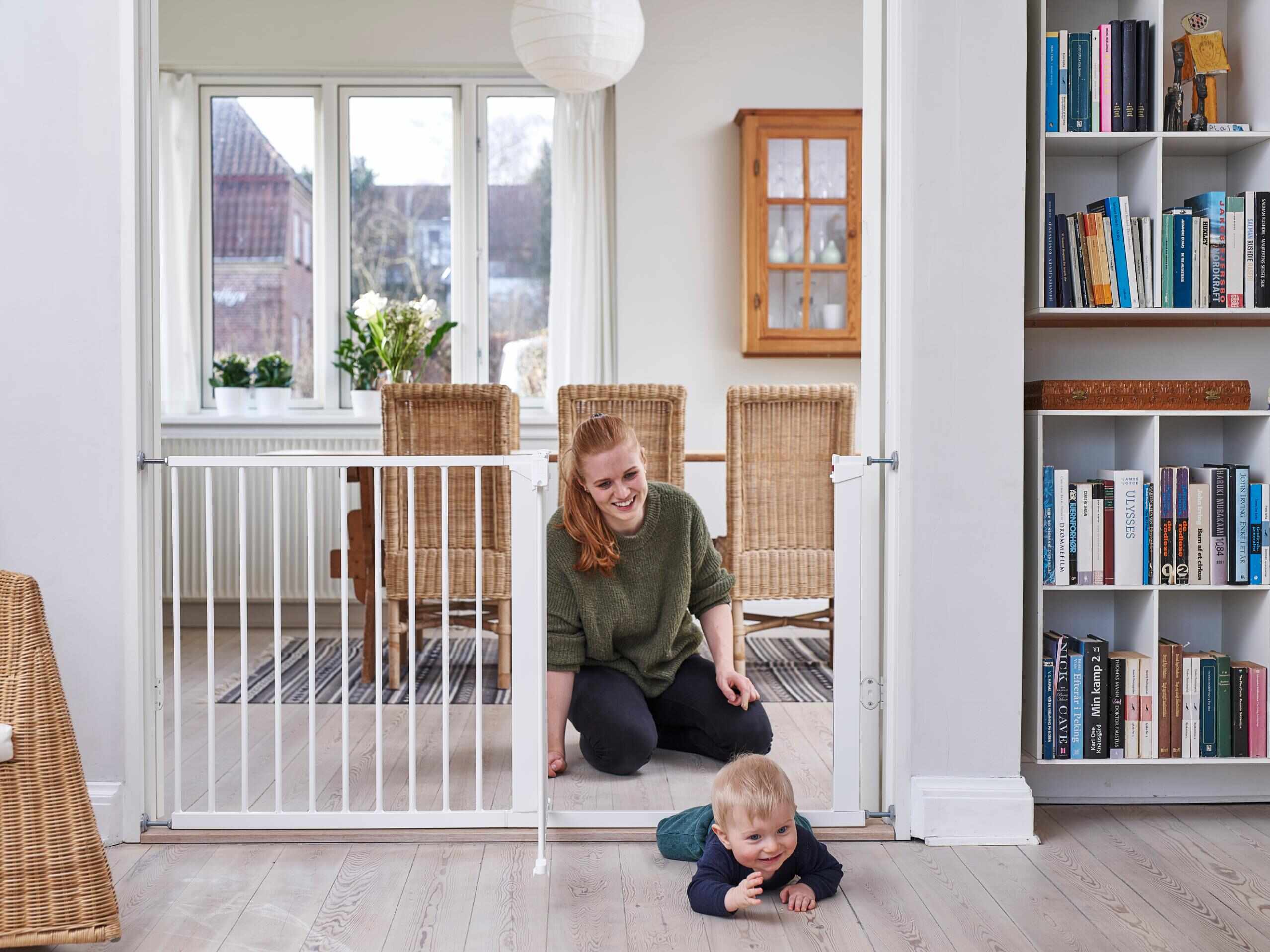
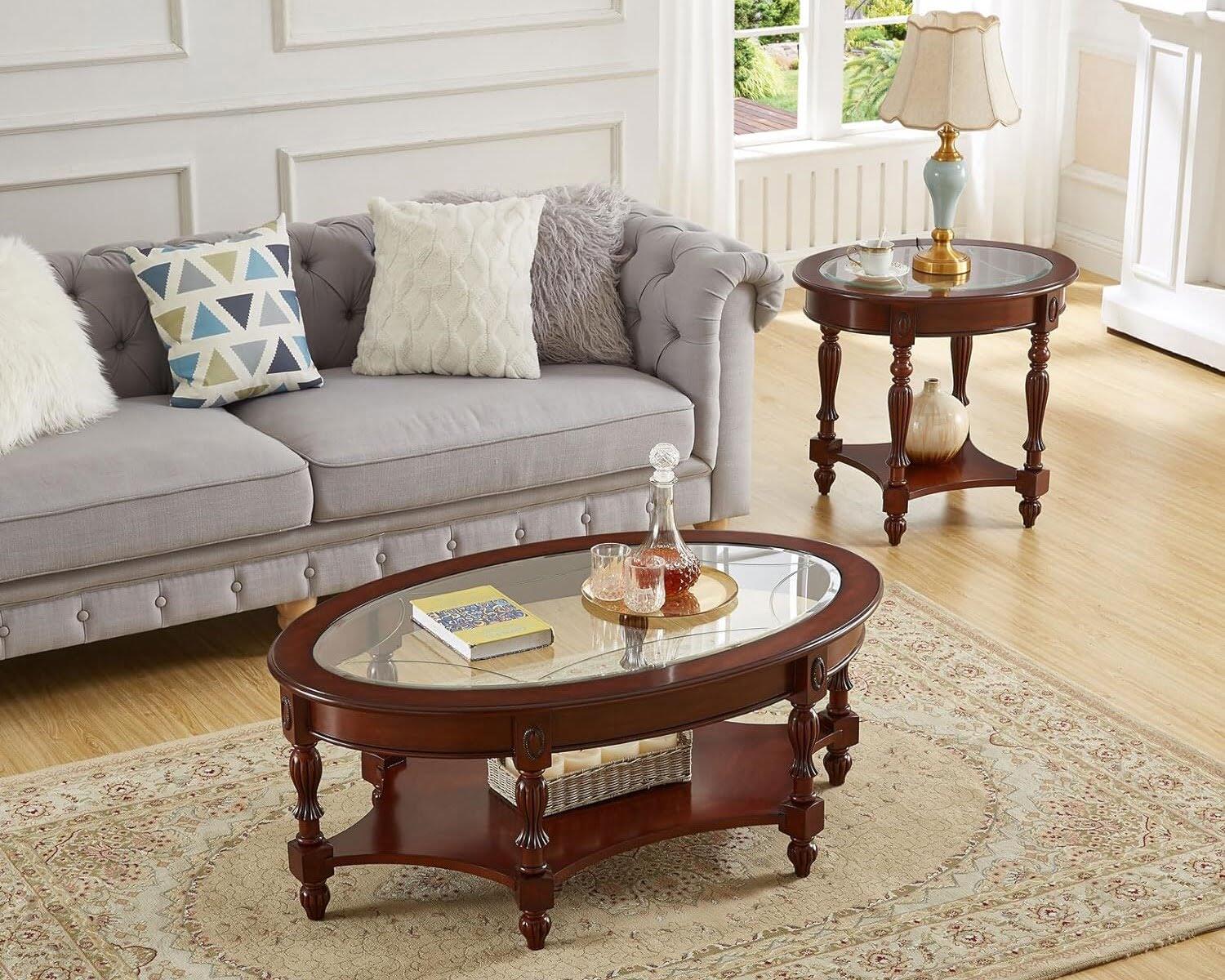
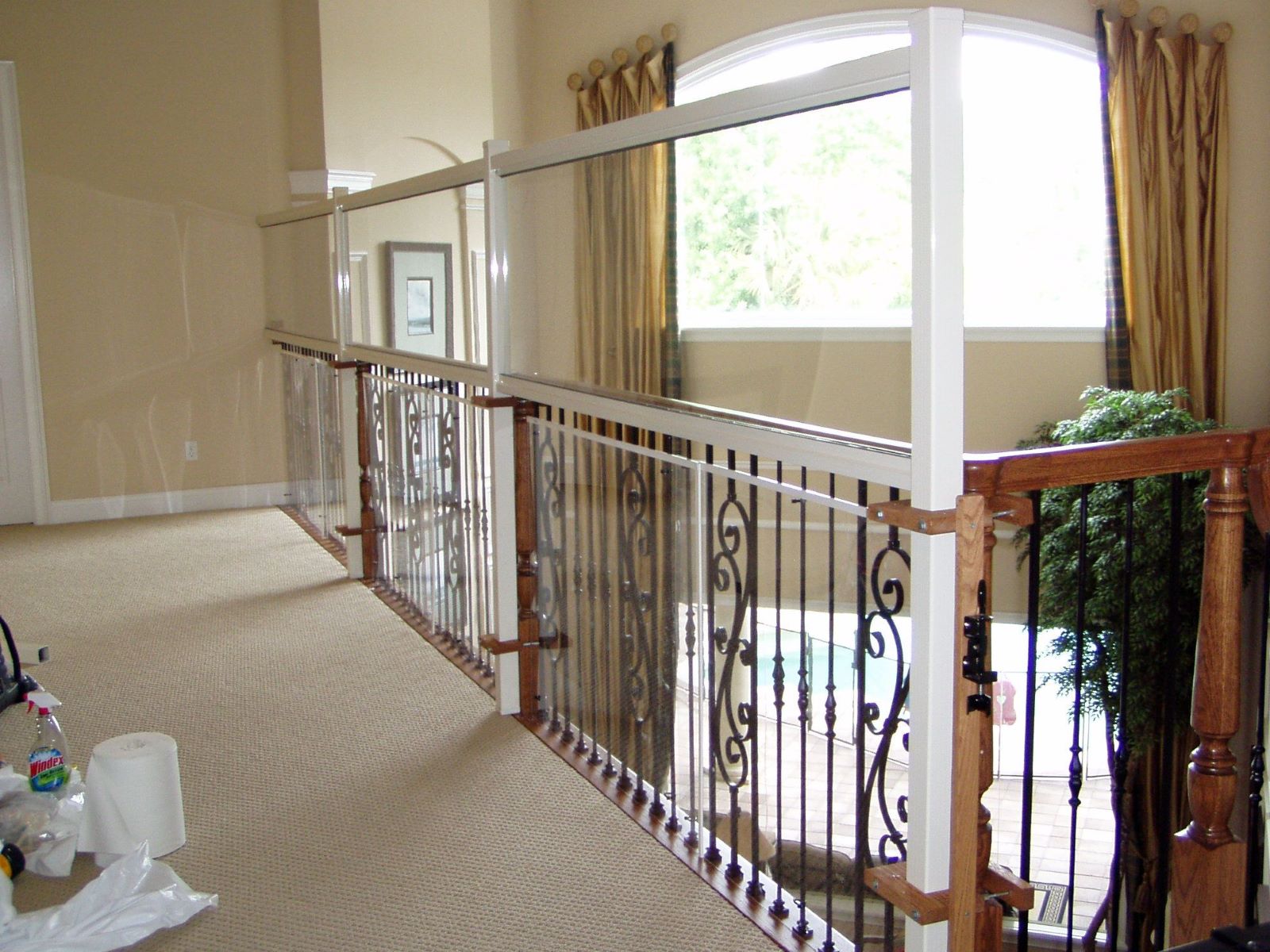

0 thoughts on “How To Childproof A Side Table”